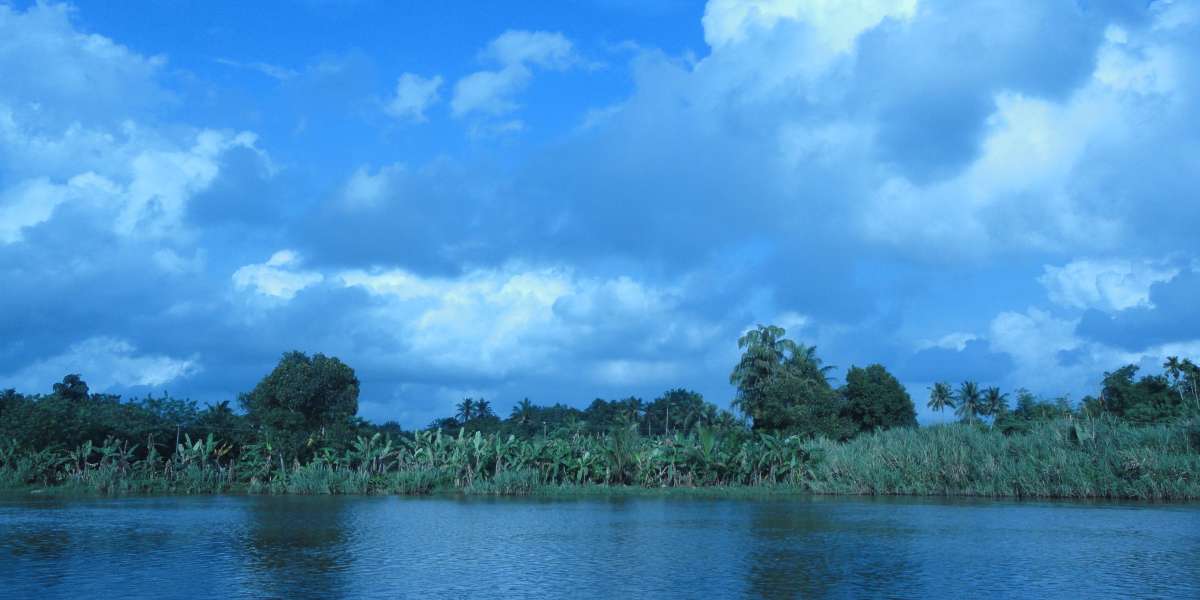Demographics
As of 2021, the electorate numbered approximately 168,000 voters, with about 1069 female voters
per 1000 males—a high literacy level around 96%, and Scheduled Castes making up around 9% of
the voters. Religious composition aligns with broader Alappuzha patterns, majority Hindus, followed
by Muslims and Christians.
Economic Profile & Peculiarities
Agriculture is the core: the paddy fields of Kuttanad form Kerala’s rice bowl. Reclaimed
belowsealevel land is used for extensive rice cultivation, employing traditional biosaline
farming methods.
Blue economy plays a supplementary role— inland waterways and canals support small-
scale fishing, reed-based agriculture, and traditional boat races (like Punnamada Vallamkali)
that boost local tourism.
NRI remittances are moderate—unlike interior regions, the economy is more anchored in
agriculture and water-based transport.
Trade and small businesses support farming communities, with local shops, coir-related
units, agro-inputs, and transport services in villages like Edathua and Thakazhy.
Economic Strata
A clear majority fall within the middle-income bracket—smallholder farmers, fisherfolk, coir
artisans, and local traders earn sustainable livelihoods through rice cultivation and related trade.
Belowpoverty-line (BPL) households exist but are relatively few, often concentrated in remote
pockets prone to annual flooding. High-income households are rare, typically limited to landowning
farmers or those with external business linkages.
Recent Development Initiatives
Under the state’s Navakerala Sadas programme, Kuttanad received around ₹7 crore
earmarked for infrastructure improvements. Local leaders prioritized reconstructing roads
like the Thevarkkad–Vellamathra and MuttarEdathua roads, raising embankment heights,
and strengthening flood resilience.
The government initiated the Kuttanad Development Authority to better coordinate
projects across agriculture, flood control, and water transport systems.
A second Kuttanad Package, backed by ~₹237 crore, is under implementation—cleaning and
strengthening wetland bunds, promoting integrated farming, canal desiltation, and
supporting local fisheries and self-help groups.
Community discussions also spotlight watermetro proposals for Kuttanad—the potential
revival of inland water transport routes and smaller abandoned ferry ports could reshape
mobility and local tourism.
With 172 polling stations, Kuttanad Assembly Constituency is emblematic of Kerala’s unique
geography and resilient ecosystem. Anchored by belowsealevel rice farming, local waterways, and
agrocultural rhythms, the constituency supports a predominantly middleclass population. Recent
coordinated efforts—from floodresilient road upgrades to integrated development planning—are
aiming to strengthen livelihoods, improve resilience, and honor Kuttanad’s storied agricultural
heritage.







